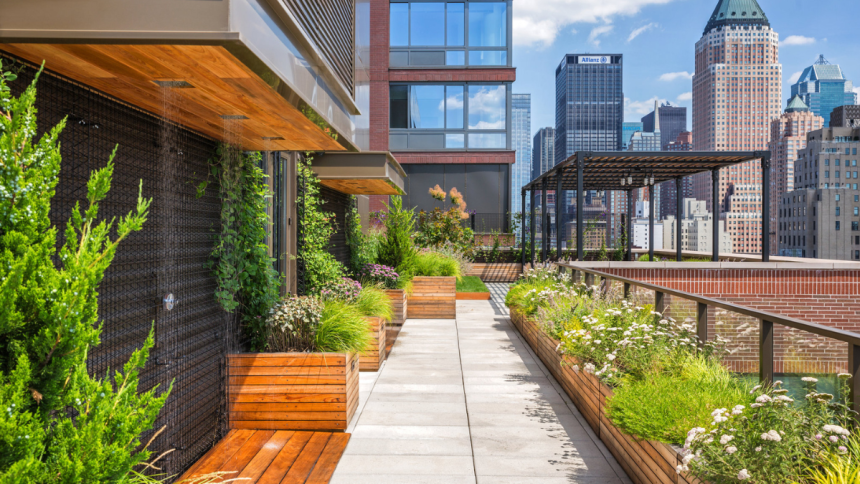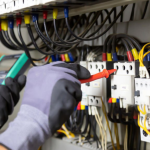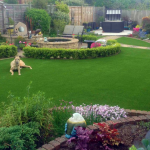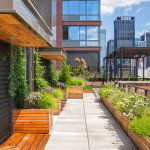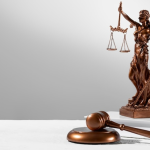Urban areas are increasingly turning to eco-conscious solutions that bring nature back into the built environment. One innovation gaining real traction is the green roof—a living layer of vegetation that transforms an otherwise overlooked space. Once considered a novelty, these rooftops are now becoming a familiar feature in commercial architecture, reflecting a wider shift towards sustainability and visual harmony in cityscapes.
What Is a Green Roof and Why Are They on the Rise?
A green roof is a rooftop that supports plant life, often built in layers that include waterproofing, drainage, and soil. These roofs come in varying intensities—from lightweight setups featuring hardy sedums to more complex installations with grasses, shrubs, and even trees. Their rising popularity stems from a mix of environmental, aesthetic, and societal motivations. Urban greening efforts aim to soften concrete-heavy environments, helping to combat the urban heat island effect. Green roofs also provide insulation, reducing heat loss in winter and cooling needs in summer. Beyond function, they add an organic element that can visually enhance otherwise sterile rooftops and encourage biodiversity in dense city environments.
Why Green Roofs Make Sense for Commercial Spaces
For commercial properties, green roofs offer more than visual appeal. They serve as functional assets with measurable returns. One key benefit is energy efficiency—by insulating buildings more effectively, green roofs help reduce energy consumption, which can lead to lower utility bills. They also protect the roof membrane from UV rays and temperature extremes, extending its lifespan and cutting down on maintenance costs.
Another major advantage is stormwater management. Green roofs can absorb significant rainfall, easing the load on city drainage systems and reducing surface runoff. In some cases, they can even qualify buildings for tax incentives or sustainability certifications. And for commercial premises looking to make the most of limited urban space, a well-designed green roof can provide usable areas for relaxation, meetings, or even social events, improving tenant satisfaction and adding value to the property.
Design Considerations for Urban Implementation
Incorporating green roofs into commercial buildings isn’t without its challenges, and thoughtful planning is essential. One of the primary considerations is structural support—buildings must be able to handle the additional load of soil and vegetation, particularly when saturated with water. Choosing suitable plant species is equally important; these need to thrive with minimal maintenance and endure local climate conditions.
Long-term upkeep should also be factored in from the outset. While some systems are relatively low-maintenance, all green roofs require some level of care to remain healthy and effective. Architects and planners must also consider access, irrigation needs, and how the design aligns with the building’s overall environmental strategy.
Real-World Impact and Future Potential
The impact of green roofs is increasingly visible in urban landscapes. In cities like London and Manchester, rooftop greenery is becoming an expected element of new commercial developments. Research from industry studies shows that buildings with green infrastructure often achieve higher occupancy rates and improved employee satisfaction.
Wider adoption has the potential to reshape city skylines while contributing to environmental goals such as improved air quality and reduced urban heat. As more developers recognise their benefits, green roofs may move from niche to norm—helping redefine what commercial architecture looks like in the years ahead.
Green roofs are playing a significant role in transforming how we design and experience commercial buildings in cities. By blending environmental function with aesthetic appeal, they offer a fresh approach to urban development—one that reflects both practicality and vision. As demand for smart, sustainable architecture continues to grow, commercial green roofs are proving to be more than a design trend—they’re fast becoming a valuable element of future-focused building design.
Lynn Martelli is an editor at Readability. She received her MFA in Creative Writing from Antioch University and has worked as an editor for over 10 years. Lynn has edited a wide variety of books, including fiction, non-fiction, memoirs, and more. In her free time, Lynn enjoys reading, writing, and spending time with her family and friends.


